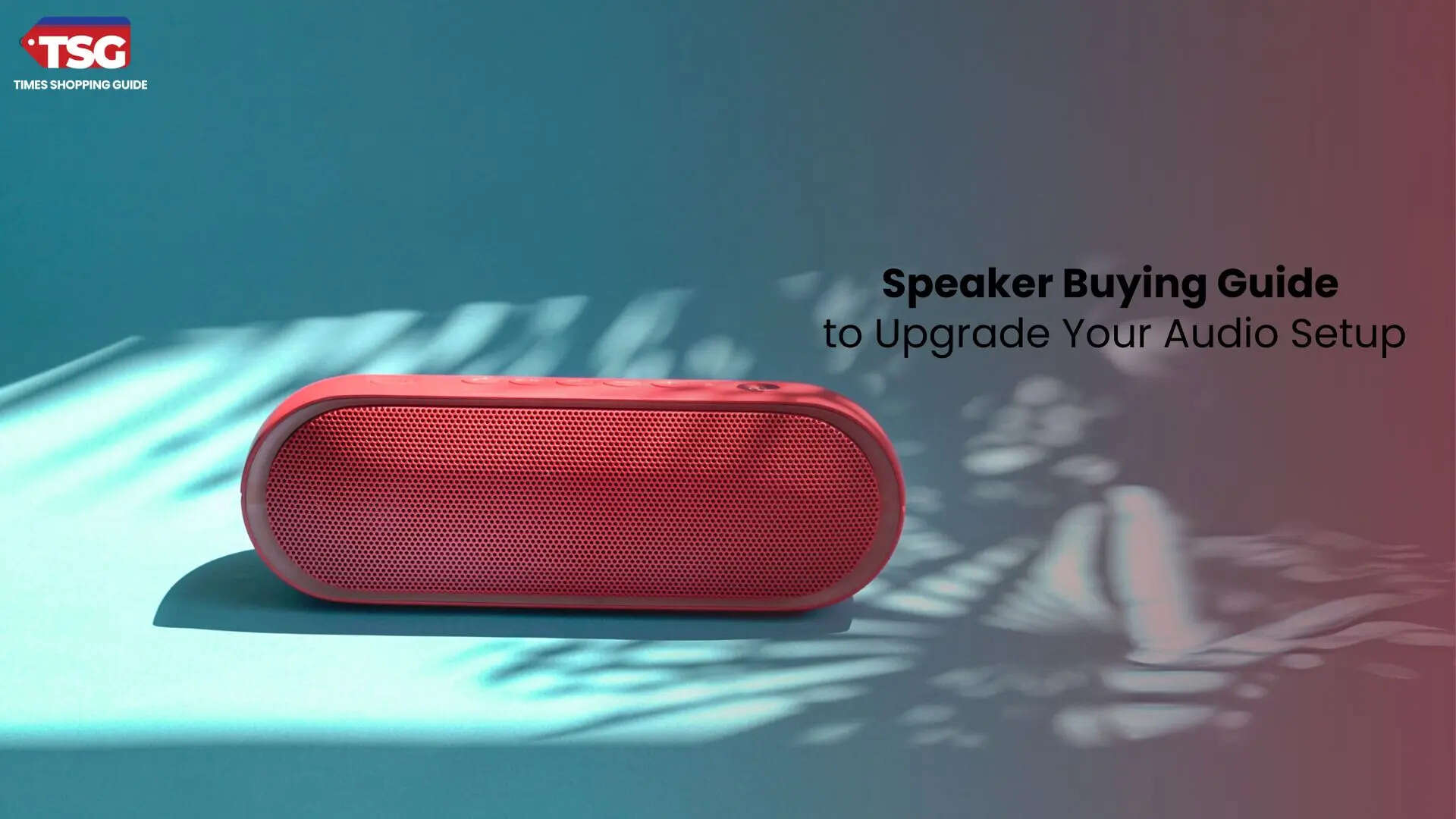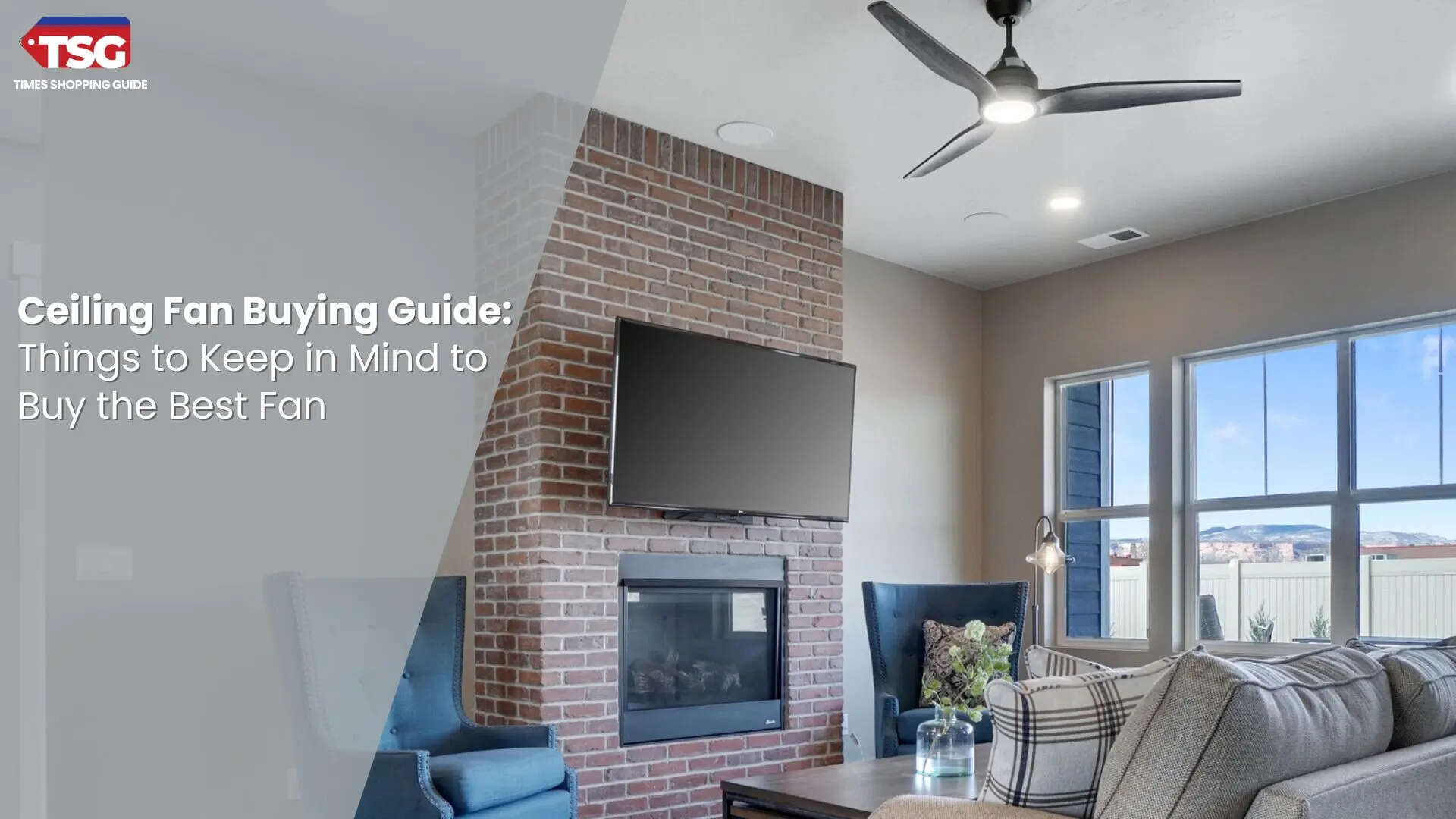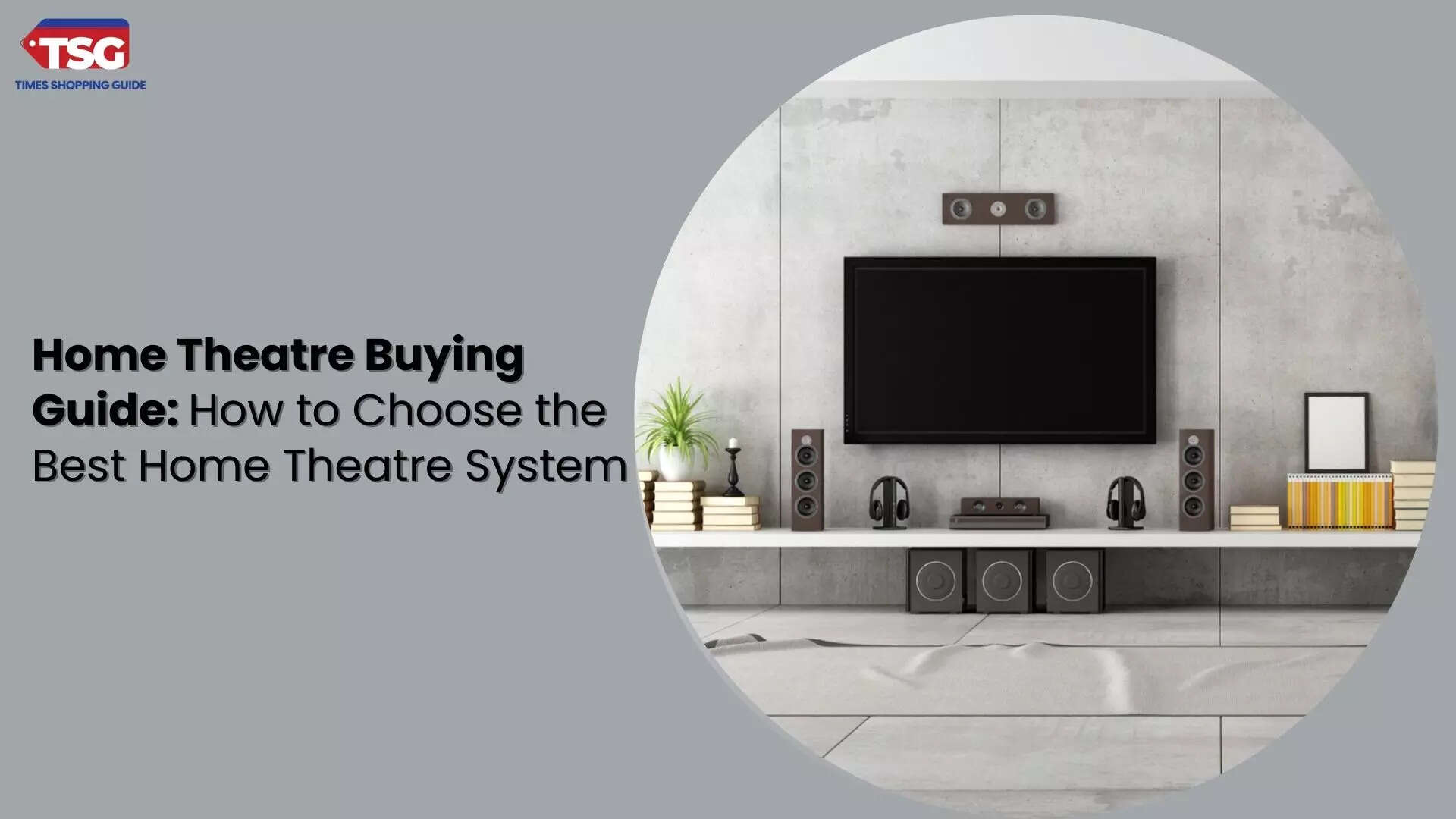- home
- electronics
- buying guides
- speaker buying guide how to pick the best audio setup for your home
Speaker Buying Guide: How to Pick the Best Audio Setup for Your Home
Whether you're a music lover, movie buff, or party enthusiast, the right speaker can take your audio experience to the next level. But with so many options out there—Bluetooth, smart, portable, home theater, and more—choosing the perfect speaker can feel overwhelming. In this speaker buying guide, we will talk about every aspects that you should consider before making a choice.

That’s why we’ve put together this speaker buying guide. Instead of getting lost in tech jargon and endless product listings, we’ll break things down in a simple and practical way. From understanding sound quality, wattage, and connectivity options to choosing the best size, brand, and features for your needs, this guide will help you make an informed decision.
Why should you take the time to pick the right speaker? Because great sound makes a difference—whether it’s enhancing your work-from-home setup, leveling up your parties, or simply making your daily routine more enjoyable. A poor-quality speaker can leave you frustrated with muffled audio, weak bass, or constant connectivity issues, so making the right choice matters. Here are all the key factors that you must consider before making a choice.
Speaker Buying Guide: Types of speakers
Let's begin with different types of speakers.
1. Bookshelf Speakers
Compact yet powerful, bookshelf speakers are great for small to medium-sized rooms. They are designed to sit on shelves, tables, or dedicated stands, delivering high-quality stereo sound. Perfect for music lovers and home theater setups, these speakers strike a balance between size and performance.
2. Floorstanding (Tower) Speakers
Tall, powerful, and packed with multiple drivers, floorstanding speakers are ideal for audiophiles and those seeking a rich, room-filling sound. They work well as part of a home theater system or a standalone music setup, offering deep bass and clear mids and highs.
3. Soundbars
If you’re looking for a sleek, space-saving speaker to enhance your TV audio, a soundbar is the way to go. These long, slim speakers are perfect for improving dialogue clarity and adding depth to movies and shows, often coming with wireless subwoofers for extra bass.
4. Home Theater Speaker Systems
For a true cinematic experience, a home theater speaker system includes multiple speakers, such as a center speaker, floorstanding or bookshelf speakers, surround speakers, and a subwoofer. These systems create a 360-degree surround sound experience, making them ideal for movie enthusiasts.
5. Smart Speakers
Voice-controlled and Wi-Fi-enabled, smart speakers like those from Amazon Echo or Google Nest offer hands-free music control, smart home integration, and AI assistance. They’re perfect for tech-savvy users who want convenience along with good sound quality.
6. Subwoofers
A subwoofer is a must-have for deep, powerful bass. While not a standalone speaker, it complements other speakers by enhancing low-frequency sounds, making action movies, EDM music, and home theater experiences much more immersive.
7. Wireless and Bluetooth Speakers
These portable and convenient speakers allow you to enjoy music without the hassle of wires. While some Bluetooth speakers are designed for travel, larger wireless models offer great sound quality and can be used as part of a multi-room home audio system.
Speaker Buying Guide: Understanding Your Needs
1. Purpose and Usage
Think about what will you use the speaker for? If you need it for music, home theater, or smart home integration, different speaker types will cater to your needs. Bookshelf speakers are great for music, soundbars enhance TV audio, and smart speakers offer hands-free control.
2. Audio Quality and Performance
Sound quality is crucial. Look for speakers with clear highs, balanced mids, and deep bass. If you’re an audiophile, consider speakers with higher wattage, multiple drivers, and a dedicated subwoofer for a richer sound experience.
3. Room Size and Speaker Placement
The size of your room affects the speaker’s performance. Larger rooms may require floor-standing speakers or surround sound systems, while smaller spaces work well with compact bookshelf or wireless speakers. Additionally, consider room treatments like rugs, curtains, and acoustic panels to minimize reflections and improve sound quality.
4. Power Source and Portability
Decide between wired or battery-powered speakers. Wired speakers offer consistent power and better sound, while portable Bluetooth speakers are great for moving around the house or outdoors.
5. Budget and Brand Reputation
Speakers come in all price ranges. Set a budget and explore brands known for quality sound, such as Sony, Bose, JBL, Sonos, and Marshall. Investing in a good speaker ensures durability and long-term performance.
Speaker Buying Guide: Key Features to Consider
1. Sound Quality
The most important factor when buying a speaker is sound quality. Look for speakers with balanced bass, clear mids, and crisp highs. Consider testing the speaker in person or checking reviews for audio clarity and distortion levels at different volumes.
2. Speaker Size and Design
Speakers come in various sizes and designs, from compact bookshelf models to large floorstanding towers. Choose a speaker that fits your space, aesthetic preferences, and placement options without compromising sound performance.
3. Connectivity Options
Check for multiple connectivity options like Bluetooth, Wi-Fi, AUX, USB, HDMI (for TVs), and optical inputs. Wireless speakers offer convenience, while wired connections often deliver better audio fidelity.
4. Compatibility with Home Setup
If you’re building a home theater system, ensure the speaker is compatible with your TV, receiver, or other audio equipment. Some smart speakers also work with voice assistants like Alexa, Google Assistant, or Siri for easy control.
5. Power Output and Wattage
A speaker’s wattage determines its loudness and power. Higher wattage means louder and more dynamic sound, making it ideal for larger rooms. For small rooms, a lower-wattage speaker may be sufficient.
6. Frequency Response
This refers to the range of sounds a speaker can produce. A wider frequency range (e.g., 20Hz – 20kHz) means better audio detail, ensuring you hear both deep bass and high treble notes clearly.
7. Smart Features and Voice Control
If you want hands-free control, consider smart speakers with built-in voice assistants like Amazon Alexa or Google Assistant. They allow you to play music, control smart home devices, and get information using voice commands.
8. Battery Life (For Wireless Speakers)
For portable wireless speakers, battery life is crucial. Look for models offering at least 8–12 hours of playtime to ensure uninterrupted usage.
9. Multi-Room Audio Support
If you want to create a whole-home audio experience, check if the speaker supports multi-room audio systems like Sonos, Apple AirPlay, or Google Chromecast Audio.
Disclaimer: Times Shopping Guide is committed to bringing you the latest products from the best brands. Our selection is based on market research and positive consumer feedback. Times Shopping Guide is also a part of an affiliate partnership. In line with this, we may receive a portion of the revenue from your purchases. Please note that the product prices are subject to change based on the retailer's deals.








